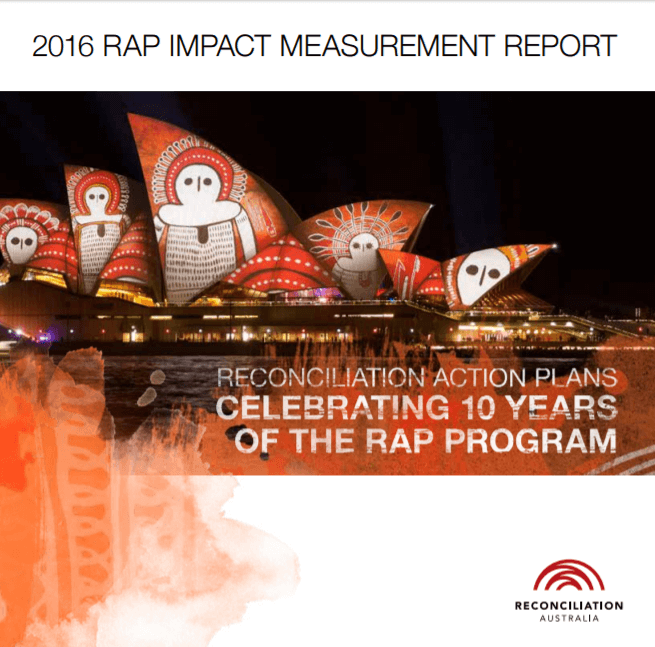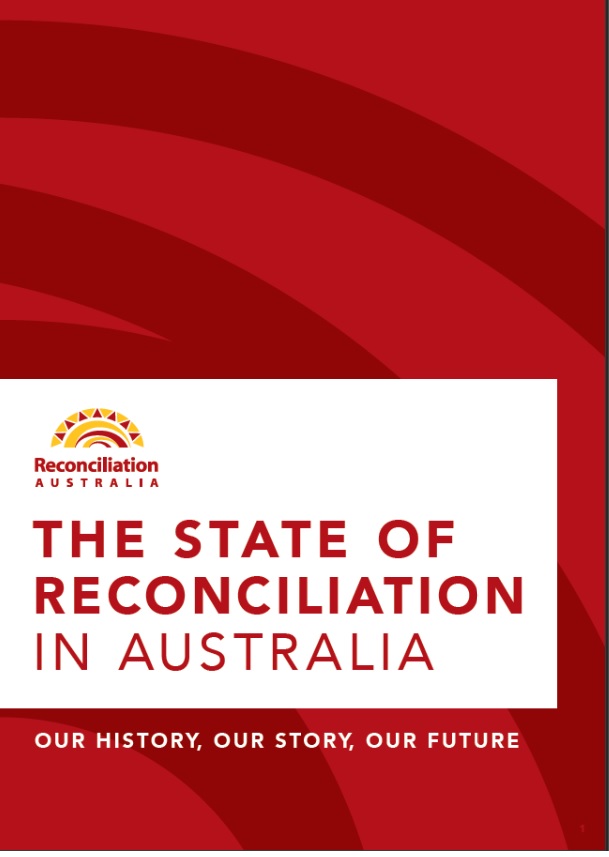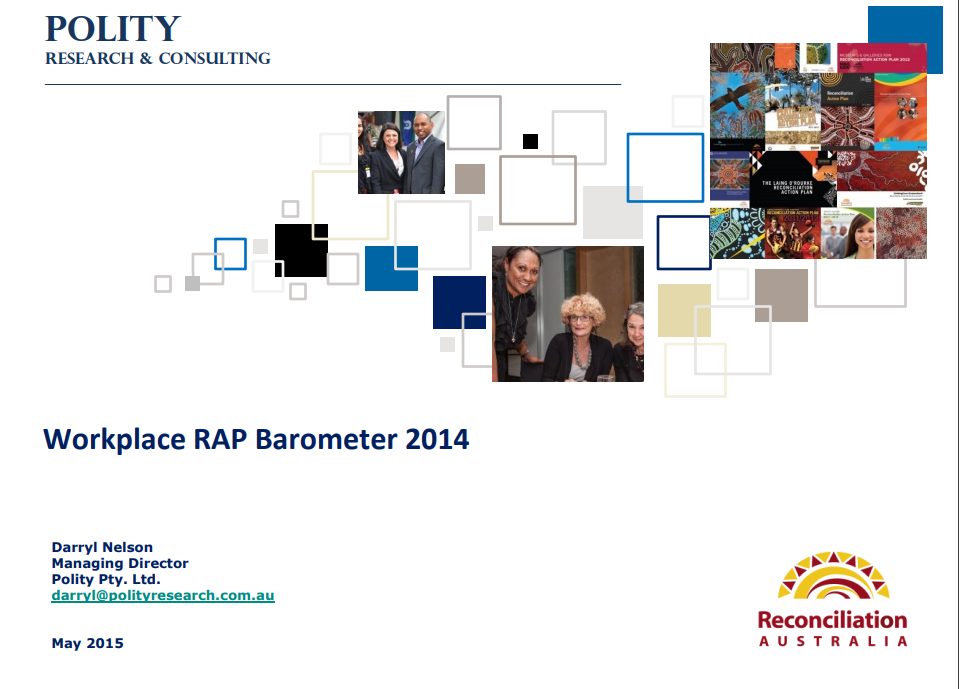
2017 RAP Impact Report
The RAP Impact Measurement Report highlights the achievements of the RAP community during the reporting period July 2016 – June 2017. This report documents the collective impact that RAPs are making towards achieving a reconciled Australia.











